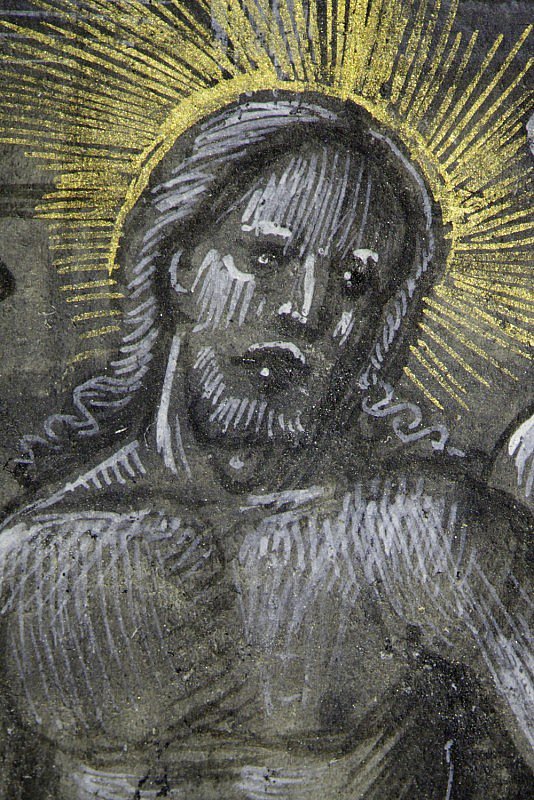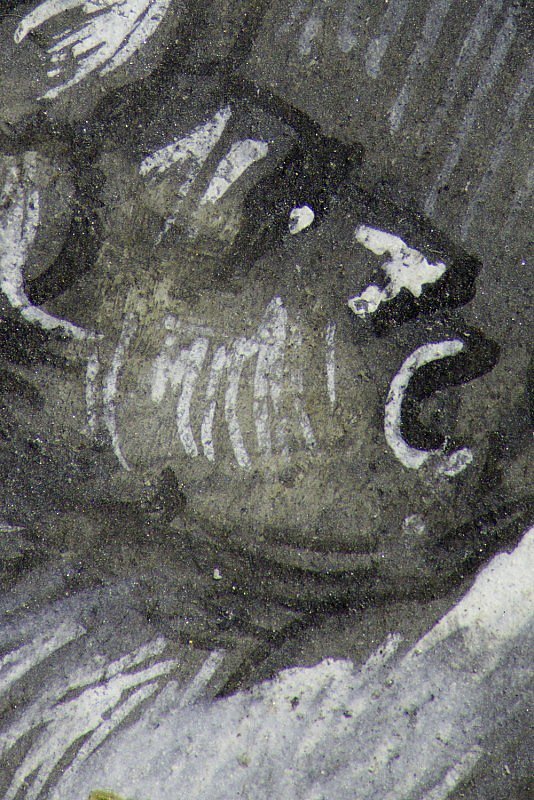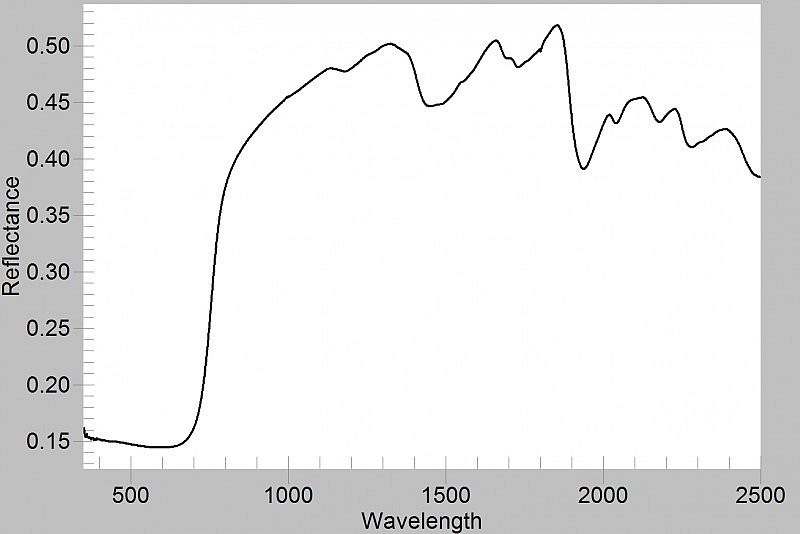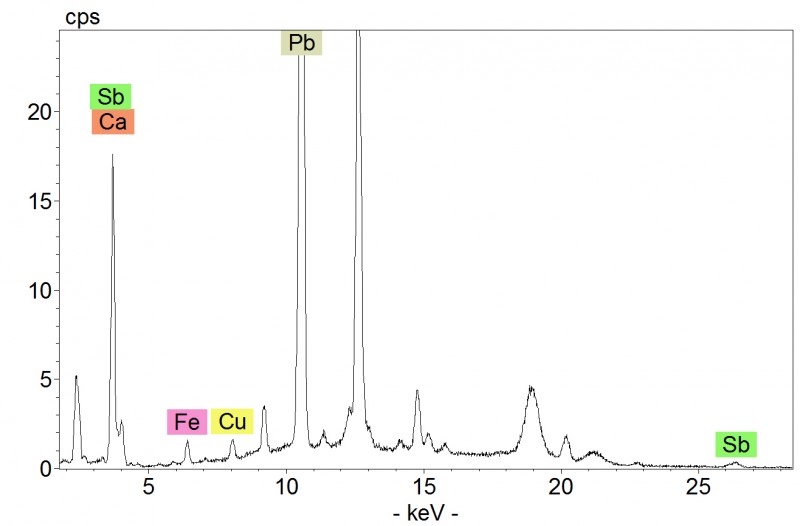The Master of Girard Acarie
Artists
The Master of Girard Acarie decorated Books of Hours, but he also collaborated with poets and musicians on other types of texts, including collections of poetry and music.
He applied colours in an exuberant Renaissance style, combining naturalistic floral borders with architectural frames, putti, medallions and other decorative motifs, but he was also skilled in grisaille, a medium well-suited to the sombre tone of Lieur’s Poème sur la Passion. He appears to have been solely responsible for the miniature of the Flagellation (MS 355-1984) which is the only one of the Fitzwilliam’s five images to display the twisted poses, exaggerated musculature and elaborate costumes characteristic of his work. The Flagellation also contains delicate white shading, undulating outlines and gold highlights, which are reduced to schematic, linear patterns in the other miniatures.




Flagellation
Stripped of his garments and bound to a pillar, Christ endures the blows meted out by his three tormenters who wield scourges and a whip. A fourth man, seated nearby on the ground, binds twigs together to form a scourge. Pontius Pilate, the Roman governor, shown in the background with his entourage, presides over the flagellation. The miniature is set within an architectural frame with trees and foliage forming an arch over the scene.
The image is close in composition to the full-colour miniature of the same subject painted by the Master of Girard Acarie, for the full-colour copy of the poem that was presented by the author, Jacques Le Lieur, to Francis I (New York, Morgan Library and Museum, MS M.147, fol. 16r). The similarities between the two Flagellation images strongly suggest that the Master of Girard Acarie employed the same pattern for both works.
The Fitzwilliam Flagellation displays the twisted poses, exaggerated musculature and elaborate costumes which characterise the Master of Girard Acarie’s work, as well as a delicate use of white shading, undulating outlines and gold highlights (hotspots 1 and 2), which are reduced to schematic, linear patterns in the other four images. Evidence for the use of a different dark grey pigment in the background of the Flagellation is given by its unusually light appearance in the infrared image, when compared with those of the other four miniatures. The exact nature of this pigment is revealed by both FORS and XRF analysis (hotspot 3).
